Call for speakers at Soapbox Science Brighton 2022 now open.
 What is Soapbox Science?
What is Soapbox Science?
Soapbox Science is a fun and engaging way of communicating your research and raising the profile of female, non-binary and gender queer scientists. The aim of Soapbox Science is to promote female and gender diverse scientists and the work they do, challenging stereotypes of who can be a scientist.
Events
Soapbox Science events transform public areas into an arena for public learning and scientific debate; they follow the format of London Hyde Park’s Speaker’s Corner, which is historically an arena for public debate.
Learn, heckle, question, probe, interact with and be inspired by some of our leading scientists. No middle person, no PowerPoint slides, no amphitheatre – just remarkable women and non-binary scientists sharing their latest discoveries, and answering the science questions you have been burning to ask.
Open Call
The call for speakers is open to female, non-binary and gender queer STEMM (science, technology, engineering, mathematics and medicine) researchers and entrepreneurs from PhD to Professor.
Funding for travel is provided. The organisers will provide all speakers with training in public speaking and science communication, as well as supporting you to think creatively about how to communicate your research in the most engaging way.
The event will be held on Brighton Seafront on Saturday 21 May 2022
Apply here
Deadline for applications: Monday 28 February 2022
If you have any questions, please contact soapboxscience@gmail.com
Alternatively, please contact Adam Morris (BU Engagement Officer) if you would like advice on planning or submitting your application: publicengagement@bournemouth.ac.uk

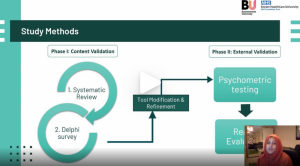
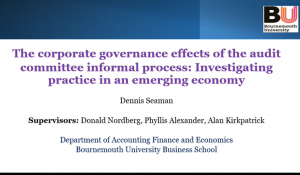
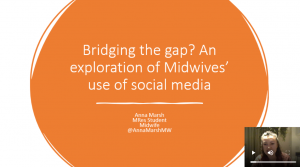
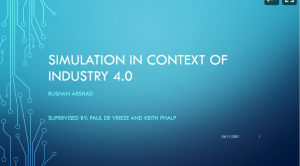
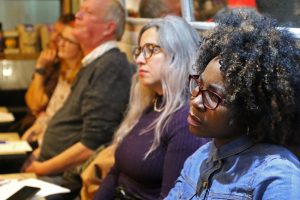

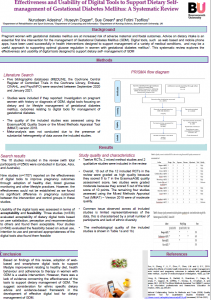
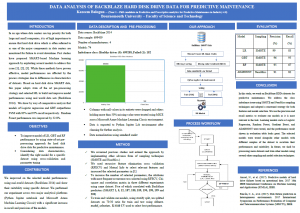
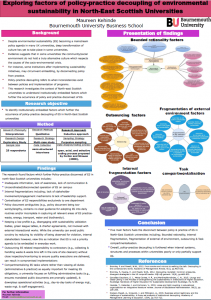
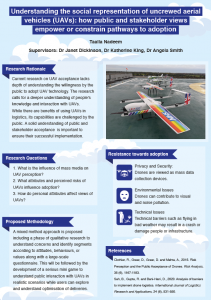
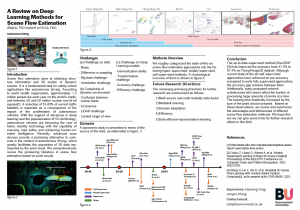
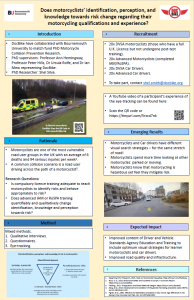

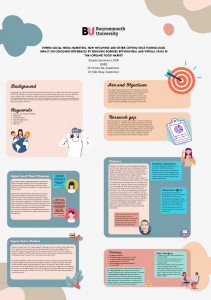
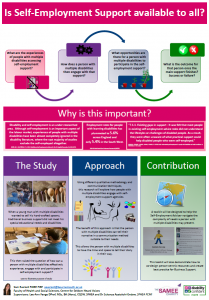
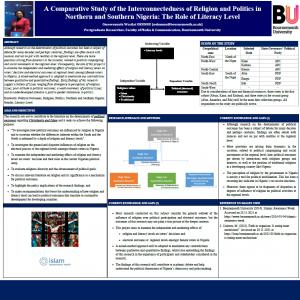











 New Nepal scoping review on maternal & neonatal health
New Nepal scoping review on maternal & neonatal health Fourth INRC Symposium: From Clinical Applications to Neuro-Inspired Computation
Fourth INRC Symposium: From Clinical Applications to Neuro-Inspired Computation Writing policy briefs
Writing policy briefs Upholding Excellence: The Concordat to Support Research Integrity
Upholding Excellence: The Concordat to Support Research Integrity ECR Funding Open Call: Research Culture & Community Grant – Application Deadline Friday 12 December
ECR Funding Open Call: Research Culture & Community Grant – Application Deadline Friday 12 December MSCA Postdoctoral Fellowships 2025 Call
MSCA Postdoctoral Fellowships 2025 Call ERC Advanced Grant 2025 Webinar
ERC Advanced Grant 2025 Webinar Horizon Europe Work Programme 2025 Published
Horizon Europe Work Programme 2025 Published Horizon Europe 2025 Work Programme pre-Published
Horizon Europe 2025 Work Programme pre-Published Update on UKRO services
Update on UKRO services European research project exploring use of ‘virtual twins’ to better manage metabolic associated fatty liver disease
European research project exploring use of ‘virtual twins’ to better manage metabolic associated fatty liver disease